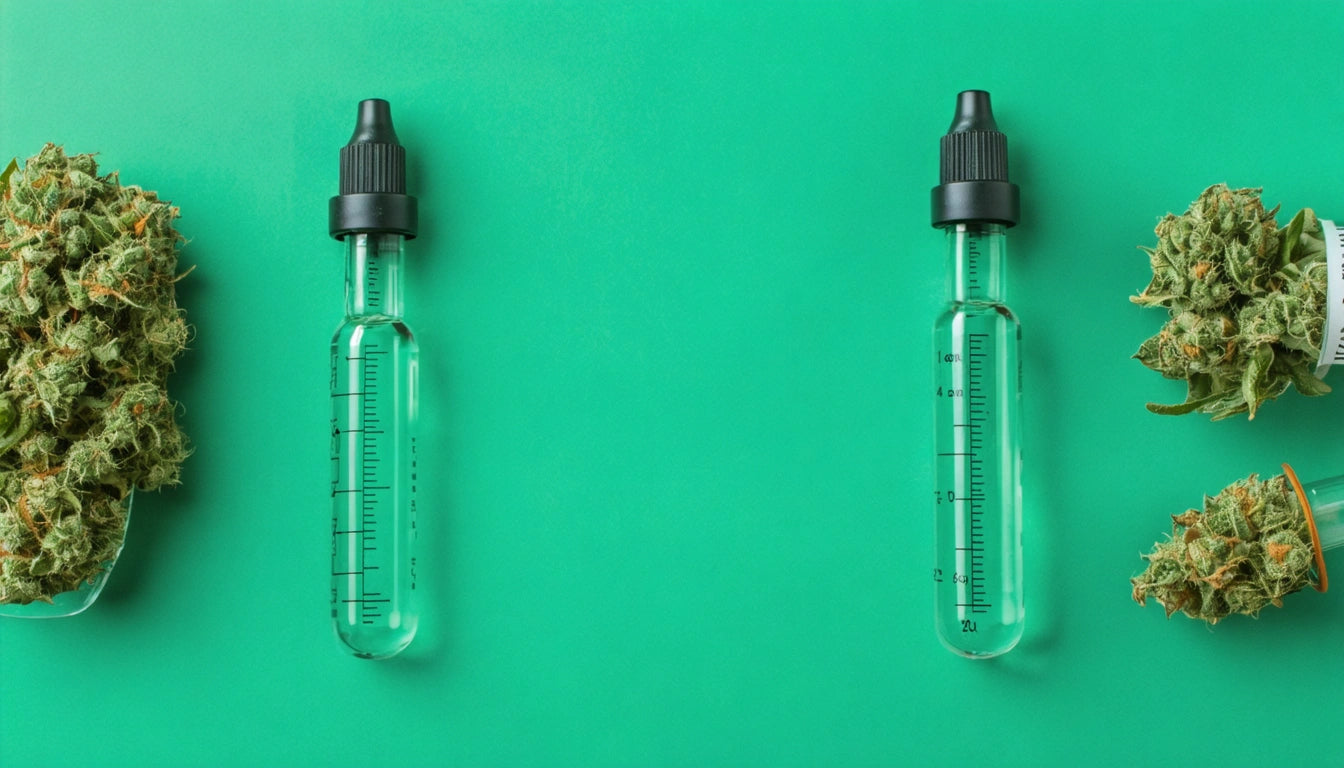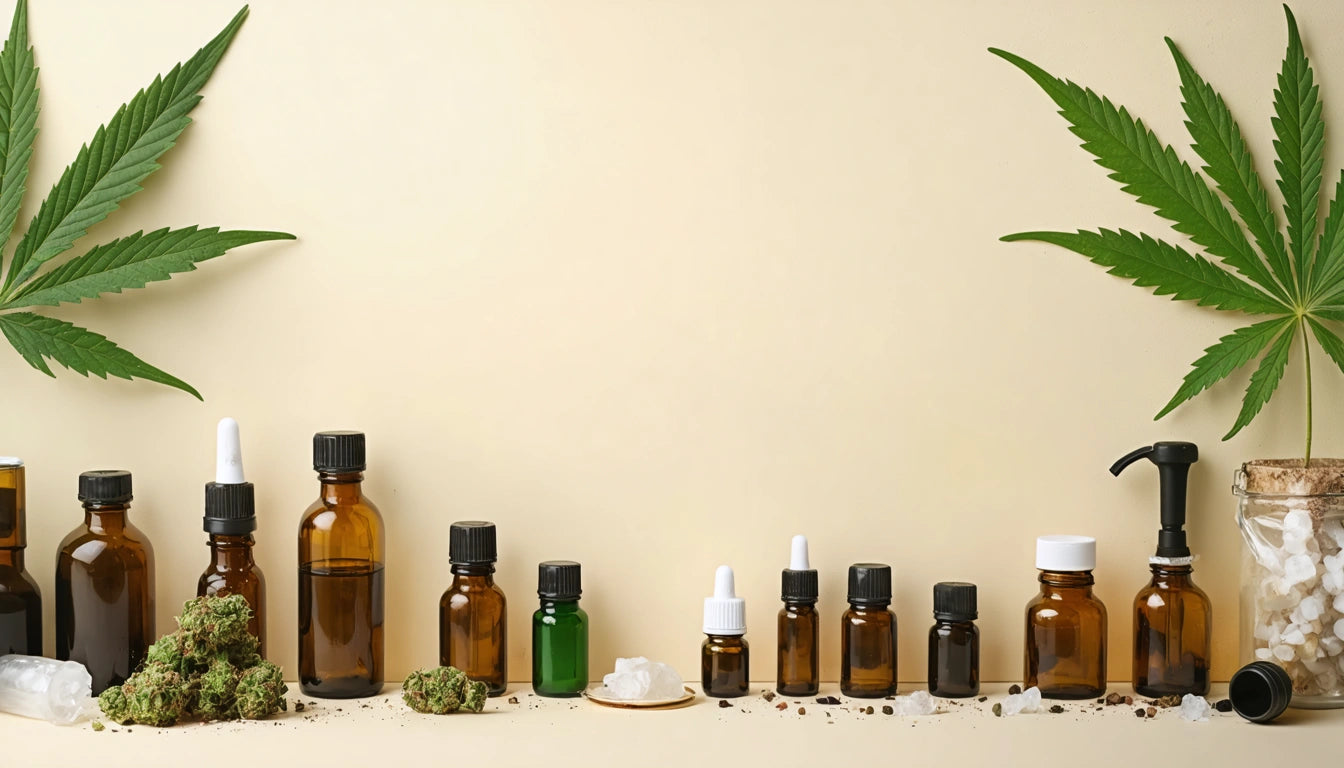Table of Contents
In the cannabis industry, product testing serves as the foundation of consumer confidence and regulatory compliance. Brands face a critical decision between establishing in-house testing capabilities or partnering with third-party laboratories. This choice significantly impacts not only operational costs but also market perception and consumer trust.
Understanding Cannabis Testing Approaches
Cannabis testing verifies product safety, potency, and quality through scientific analysis. The two primary approaches include third-party testing (conducted by independent laboratories) and in-house testing (performed within a company's own facilities).
Testing typically covers cannabinoid profiles, terpene content, and screening for contaminants like pesticides, heavy metals, and microbial growth. Understanding what's included in a Certificate of Analysis (COA) helps clarify the scope of these tests.
Third-Party Testing Advantages
Independent laboratories offer several distinct advantages that directly influence consumer trust:
- Perceived objectivity and elimination of conflicts of interest
- Specialized expertise and dedicated testing equipment
- Accreditation by regulatory bodies that validate testing methods
- Greater credibility when marketing product quality claims
Third-party labs typically conduct full panel testing, which is particularly important for complex products like edibles and extracts where multiple quality factors must be verified.
Credibility Through Independence
The separation between testing entity and product manufacturer creates inherent trust. When consumers see results from a neutral third party, they're more likely to believe the findings haven't been influenced by financial interests. This is especially important for brands introducing new products or entering competitive markets.
In-House Testing Benefits
While third-party testing dominates the trust conversation, in-house testing offers distinct operational advantages:
- Faster turnaround times for product development and quality control
- Cost efficiency for high-volume producers
- Greater control over testing processes and priorities
- Ability to conduct preliminary screening before third-party verification
Many successful cannabis companies implement a hybrid approach. They utilize in-house testing for product development and quality control, while still obtaining third-party verification before market release. This strategy is particularly common among larger operations seeking both operational efficiency and consumer trust.
Consumer Trust Factors
Research indicates several factors influence consumer trust in cannabis testing:
Transparency in Reporting
Regardless of testing method, transparency builds trust. Brands that make test results easily accessible, whether through QR codes on packaging or public databases, demonstrate confidence in their products. Understanding how to interpret THC, CBD, and terpene percentages helps consumers make informed decisions based on this data.
Testing Methodology
The specific testing approaches matter significantly. Batch vs. product testing represents different sampling methodologies, each with implications for reliability and cost. Consumers increasingly look for brands that implement rigorous, representative sampling procedures.
Failure Transparency
How companies handle test failures significantly impacts trust. Brands that are transparent about what happens when a product fails a cannabis lab test often build stronger consumer relationships through honesty.
Our premium pre-roll packaging solutions help brands showcase their commitment to quality by providing clear windows for product visibility and ample space for displaying testing information that builds consumer confidence.
Regulatory Compliance Considerations
Regulatory requirements often dictate testing approaches. Lab testing requirements by state/province vary significantly, with some jurisdictions mandating third-party verification while others allow in-house testing with periodic verification.
Compliance requirements typically focus on:
- Potency verification for accurate labeling
- Contaminant testing for consumer safety
- Batch tracking for recall management
- Chain of custody documentation
Brands must balance these requirements with their trust-building strategies, recognizing that meeting minimum compliance standards may not be sufficient to earn consumer confidence in competitive markets.
Trust-Building Strategies for Cannabis Brands
The most successful cannabis brands implement comprehensive trust-building strategies that go beyond the binary choice between testing approaches:
- Combine in-house quality control with third-party verification
- Publish comprehensive test results that exceed regulatory minimums
- Educate consumers on how lab results can inform product recommendations
- Implement consistent testing protocols across product lines
- Highlight why potency testing accuracy matters in marketing materials
The future of cannabis testing will likely see increased integration between in-house and third-party approaches, with technology enabling greater transparency and verification. Brands that position themselves at the forefront of testing innovation and transparency will continue to build the strongest consumer trust and market position.











Leave a comment
All comments are moderated before being published.
This site is protected by hCaptcha and the hCaptcha Privacy Policy and Terms of Service apply.